HISTORY OF SCIENTIFIC INSTRUMENTS
STORIA DELLA STRUMENTAZIONE SCIENTIFICA
| A.Y. | Credits |
|---|---|
| 2025/2026 | 6 |
| Lecturer | Office hours for students | |
|---|---|---|
| Roberto Mantovani | At the end of Monday lessons (one hour); at the end of Tuesday's lesson (one hour); upon student request on other dates; by appointment arranged via email. |
| Teaching in foreign languages |
|---|
|
Course with optional materials in a foreign language
English
English
English
This course is entirely taught in Italian. Study materials can be provided in the foreign language and the final exam can be taken in the foreign language. |
Assigned to the Degree Course
| Date | Time | Classroom / Location |
|---|
| Date | Time | Classroom / Location |
|---|
Learning Objectives
The aim of the course is to introduce some relevant guidelines for the development of scientific instruments in the field of the history of ancient and modern physics. The cultural and social contexts in which this discipline has been developed will also be considered. Learning will be organised in such a way that, by the end of the course, the student will have acquired operational skills in the analysis, cataloguing and study of a wide range of historical scientific apparatus within the physical and astronomical sciences. On the basis of a final essay (to be agreed with the teacher), specific guidance will also be given on how to write in a scientific style. The course will offer a rich iconography of scientific instruments from the most important science museums in the world. During the course bibliographic materials and thematic studies will be suggested. Lesson attendance is definitely recommended.
Program
01. Why study ancient scientific instruments?
02. Repositories of scientific instruments and their typological classification
03. History of Science and History of scientific instrumentation: what are the differences?
04. The origins of scientific historiography. The art of scientific instrumentation: collecting
05. Scientific instruments and science pedagogy: Thomas Kuhn's reflections
06. Instruments for amplification. Is instrumental precision objective? The problem of classification
07. The Internet and historical-scientific research. Major scientific history museums worldwide
08. Antiquity: The birth of precision instruments. Principal characteristics of ancient astronomical instruments
09. The astrolabe: history, elements of the celestial sphere, typology, construction, description, operation and use
10. The problem of 'Visus' and the birth of optical instruments. Lenses and spectacles
11. The Galilean era and the birth of the telescope. Genesis, discoveries and scientific instruments in Galileo Galilei
12. The Accademia del Cimento. The experiments of the 'Saggi di Naturali Esperienze'
13. Horror Vacui and the history of the vacuum. Birth and development of pneumatics through to the nineteenth century
14. Development of reflecting and refracting telescopes from Galileo to the nineteenth century. Origins of the optical microscope and its development in the eighteenth century
15. Giovanni Battista Amici and advances in optical microscopy in the nineteenth century
16. Electricity in the eighteenth century. Electrophores, Leyden jars and electrical machines. A paradigmatic instrument: Coulomb's torsion balance
17. Volta's pile and the birth of electromagnetism. The magnetic effects of current: Leopoldo Nobili's galvanometer. Development of early magneto-electric apparatus
18. Telegraphy and telephony
Bridging Courses
No prerequisities
Learning Achievements (Dublin Descriptors)
The course, through an integrated vision of the scientific culture with a focus on some technical-instrumental and experimental paths of the physical and astronomical sciences, aims to provide the student with a higher level of critical thinking and, at the same time, a stronger control of the practical training and epistemic aspects that continue to drive the evolution of science today. In particular, the student must be able to apply in full autonomy some of the operational knowledge acquired during the course and to develop an effective communication skills. With these educational objectives the student will be able to develop a historical-scientific essay (previously agreed with the teacher) aimed at the study of historical-scientific materials (typically collections of ancient scientific instruments, texts and historical treatises on physics or astronomy, manuscripts, etc.) available in ancient schools, seminaries, academies, archives and libraries in the area where he lives.
Teaching Material
The teaching material prepared by the lecturer in addition to recommended textbooks (such as for instance slides, lecture notes, exercises, bibliography) and communications from the lecturer specific to the course can be found inside the Moodle platform › blended.uniurb.it
Supporting Activities
Seminars and guided tours of historical collections of scientific instruments.
Teaching, Attendance, Course Books and Assessment
- Teaching
Lectures will be produced using video and PowerPoint slides. Class and museum discussions on key historical and scientific issues will be encouraged.
- Innovative teaching methods
Some lessons will be held at the 'Gabinetto di Fisica: Museo Urbinate della Scienza e della Tecnica' (Physics Laboratory: Urbino Museum of Science and Technology), fostering a fascinating experiential approach through direct interaction with the University of Urbino's historical collection of scientific instruments.
- Attendance
The attending students are invited to contact the teacher at the end of the course to arrange a short historical research on a particular topic (essay) for the final examination.
- Course books
Gerard L. E. Turner, Nineteenth-Century Scientific Instruments, Sotheby Publications, University of California Press, Berkeley and Los Angeles 1983.
Antony Turner, Early Scientific Instruments Europe 1400-1800, Sotheby's Publications, London 1987.
Gerard L. E. Turner (a cura di), Storia delle Scienze. Gli strumenti, Vol. 1, Einaudi 1991.
William R. Shea (a cura di), Storia delle Scienze. Le Scienze Fisiche e Astronomiche, Vol. 2, Einaudi 1992.
Thomas Crump, A brief history of science as seen through the development of scientific instruments, Carrol & Graf Publishers, New York 2001.
Robert Bud, Deborah Warner (editors), Instruments of Science: An Historical Encyclopedia, Garland Publishing, London & New York 1998.
- Assessment
The final examination is characterised by an oral discussion. The candidate will have to present the content of the pre-arranged essay and answer some questions on the content of the programme carried out during the course. The following criteria and evaluation parameters will be duly taken into consideration during the oral examination:
- The ability to present the topics studied in a clear and competent way, using an appropriate historical-scientific vocabulary;
- Level of originality and depth of the historical-scientific topic presented in the essay;
- Practical skills in identifying, evaluating and cataloguing the historical-scientific material presented in the essay, as well as the ability to use appropriate conceptual and bibliographical tools to produce relevant texts with an appropriate scientific style;
- the ability to present the results of the essay;
- Level of learning and deepening of the topics developed during the course.
The final assessment will be based on a scale of 30 points, divided into five levels: insufficient, sufficient, discreet, good, excellent.
- Disability and Specific Learning Disorders (SLD)
Students who have registered their disability certification or SLD certification with the Inclusion and Right to Study Office can request to use conceptual maps (for keywords) during exams.
To this end, it is necessary to send the maps, two weeks before the exam date, to the course instructor, who will verify their compliance with the university guidelines and may request modifications.
Additional Information for Non-Attending Students
- Teaching
Guidance for preparing the oral examination and dissertation through pre-arranged meetings at the lecturer's office or, alternatively, via video conferencing on Meet (or other multimedia communication platforms), telephone or email
- Attendance
Non-attending students are invited to contact the teacher after the start of the course to make detailed arrangements about the programme and the final essay to prepare for the examination.
- Course books
Gerard L. E. Turner, Nineteenth-Century Scientific Instruments, Sotheby Publications, University of California Press, Berkeley and Los Angeles 1983.
Antony Turner, Early Scientific Instruments Europe 1400-1800, Sotheby's Publications, London 1987.
Gerard L. E. Turner (a cura di), Storia delle Scienze. Gli strumenti, Vol. 1, Einaudi 1991.
William R. Shea (a cura di), Storia delle Scienze. Le Scienze Fisiche e Astronomiche, Vol. 2, Einaudi 1992.
Thomas Crump, A brief history of science as seen through the development of scientific instruments, Carrol & Graf Publishers, New York 2001.
Robert Bud, Deborah Warner (editors), Instruments of Science: An Historical Encyclopedia, Garland Publishing, London & New York 1998.
- Assessment
The final programme and essay must be agreed in advance with the teacher. The final examination consists of an oral discussion. The candidate will have to present the content of the previously agreed essay and answer some questions on the content of a text assigned by the teacher as a substitute programme for the course held in attendance. The following criteria and evaluation parameters will be duly taken into consideration during the oral examination:
- The ability to present the topics studied in a clear and competent way, using an appropriate historical-scientific vocabulary;
- Level of originality and depth of the historical-scientific topic presented in the essay;
- Practical skills in identifying, evaluating and cataloguing the historical-scientific material presented in the essay, as well as the ability to use appropriate conceptual and bibliographical tools to produce relevant texts with an appropriate scientific style;
- the ability to present the results of the essay;
- Level of learning and deepening of the topics assigned by the teacher as a substitute programme for the exam (text).
The final grade, on a scale of 30 points, will be determined according to a grading scale articulated in five levels: insufficient, sufficient, discreet, good, excellent.
- Disability and Specific Learning Disorders (SLD)
Students who have registered their disability certification or SLD certification with the Inclusion and Right to Study Office can request to use conceptual maps (for keywords) during exams.
To this end, it is necessary to send the maps, two weeks before the exam date, to the course instructor, who will verify their compliance with the university guidelines and may request modifications.
Notes
The student may request to take the final examination in English with an alternative bibliography.
| « back | Last update: 05/06/2025 |



